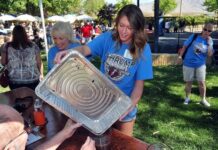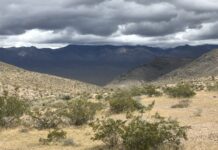Geology Saved Spring Mountains From Mining
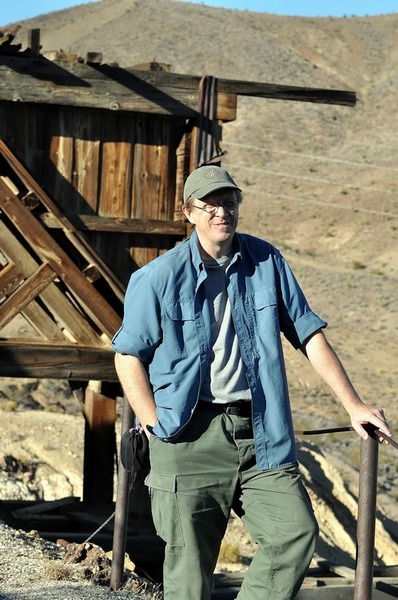
Some of the more well known mines in Pahrump, like the Johnnie, the Labbie and the Congress, are pretty much close together. In fact, most of the largest mines in the Pahrump Valey were all built at the northern end, even though legends like Breyfogle’s lost mine pointed to the nearby Spring Mountain Range. So why did the mining stop at the northern end of the Pahrump Valley? And why were the Spring Mountains never mined?
Well, they didn’t stop looking for gold in the Spring Mountains. There is plenty of evidence of mining activity and even some smaller mines there. According to Tim France, President of the Pahrump Museum Board, it just wasn’t economically feasible to mine the Spring Mountains, even though he is pretty sure that gold is there.
“If mining companies back then, and even now, took on the Spring Mountains, it would just cost them too much to get the gold out of the ground,” Tim said. “And we should be thankful they didn’t, because modern open pit mining would have devastated the mountains.”
Tim is sure there is gold in the Spring Mountains, but as to how much he has no clue. And he is sure that the mining technology of today could extract it, but it would certainly destroy the beauty of the mountains as we know them now.
What saved the Spring Mountains was the geology of the area. For you see, the Pahrump Valley is landlocked. There were no paved roads into the valley until 1954. And the trails into the valley were rough. Las Vegas was 110 miles via the northern exit of the town. For the longest time, people from Vegas had to come into the valley from the northern end.
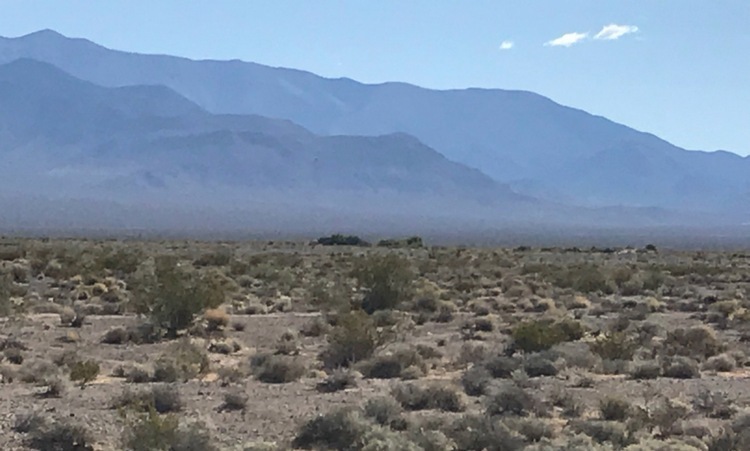
Tim Hafen, a rancher who came to Pahrump in the 1950s, said from Vegas it was a “two tire trip,” meaning most people would get two flats on the way to Pahrump.
One reason the larger mines were even possible back in 1905 was the existence of a rail line from Las Vegas to Tonopah, which sort of hugged today’s Highway 95. Even with the rail line close by, the cost was huge because mule teams from the rail line then had to carry the large timbers for the head frame up into the mountains.
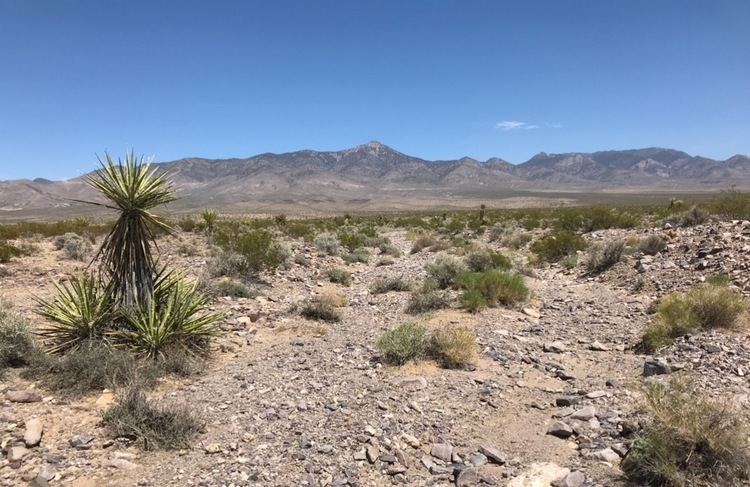
Then, the decline in the amount of gold coming out of the mines led to the shutting down of the rail line, which was gone by the end of the First World War. By 1930, the Johnnie Mine was pretty much played out.
Today, the Johnnie Mine is part of a Pahrump Museum project, which has led to a whole new chapter of Pahrump history.
So in the end, it was geology that saved the Spring Mountains, which is ironic, for the very same reason the miners came to the valley in the first place has ultimately saved it.
— Vernon Hee






